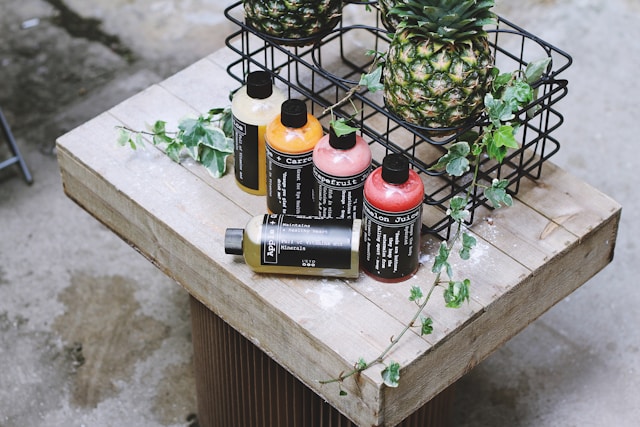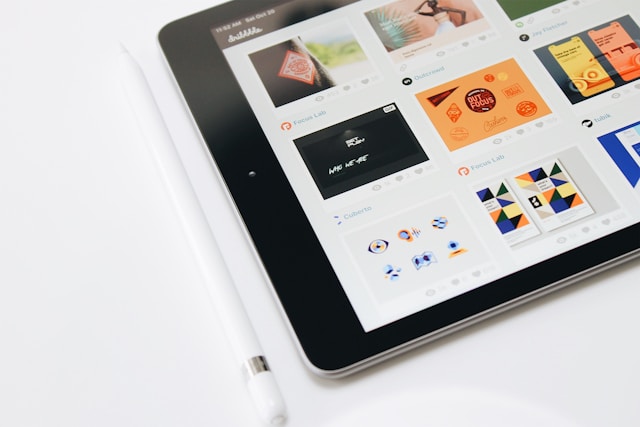
Graphic layout plays a key role in the food and beverage business, especially in packaging design. Effective packaging design, which is not the smartest, protects the product but also influences customer beliefs, purchase decisions and brand recognition. Here are some key aspects of graphic design layout for packaging in the food and beverage industry.
Brand identity
The packaging serves as a visible representation of the brand. Graphic design factors, along with trademarks, colour schemes, typography and signature visual style, are critical to conveying a logo’s identity and creating a recognizable shelf or line presence.
Communicating product information
The packaging design wishes to effectively communicate basic product information such as product name, ingredients, dietary facts and allergen warnings. Clear typography, legible fonts and nicely prepared layouts ensure that customers can access critical details without any problems.
Visual appeal and shelf presence
Graphic design must grab the customer’s attention and create a great first impression. Vibrant hues, captivating illustrations or photographs, and innovative use of shapes and patterns can help products stand out from crowded cabinets and evoke emotion or create the desired image of an emblem.
Packaging Hierarchy
The graphic layout helps create a hierarchy of packaging statistics and highlights the most important or compelling elements. This hierarchy follows the consumer’s gaze and ensures that key messages, name-to-motion elements or brand elements gain maximum prominence, reinforcing habitual verbal exchange and influencing purchase choices.

Audience targeting
Packaging design must keep the audience and their choices in mind. Companies of different ages, cultural backgrounds, and demographics might respond to specific layout patterns, colours, or visual issues. Tailoring your packaging design to your intended audience increases logo relevance and buyer engagement.
Sustainability and environmental friendliness
Due to the increased attention of buyers about the environment, packaging design must reflect sustainability. The use of eco-friendly materials, minimalist designs and clean recycling records can be a sign of a commitment to sustainability that resonates with eco-conscious buyers.
Accessibility and Usability
Designing packaging that is human-friendly and practical is essential, especially for older or visually impaired customers. Clear, over-rated typography, intuitive information associations and easy-to-open features ensure an inclusive experience and demonstrate the brand’s attention to its diverse target audience.
Compliance and regulatory requirements
Food and beverage packaging graphic design must meet local and global regulatory requirements. This includes labelling standards, fitness claims, warnings and nutritional information. Designers want to ensure some compliance with the law while maintaining visual appeal and brand consistency.
Packaging graphics in the food and beverage industry represent a delicate balance between aesthetics, verbal emblem exchange and regulatory compliance. Effective packaging design complements the product’s position on the market, strengthens the brand’s popularity and influences consumer perception in the long term through sales and customer loyalty.

